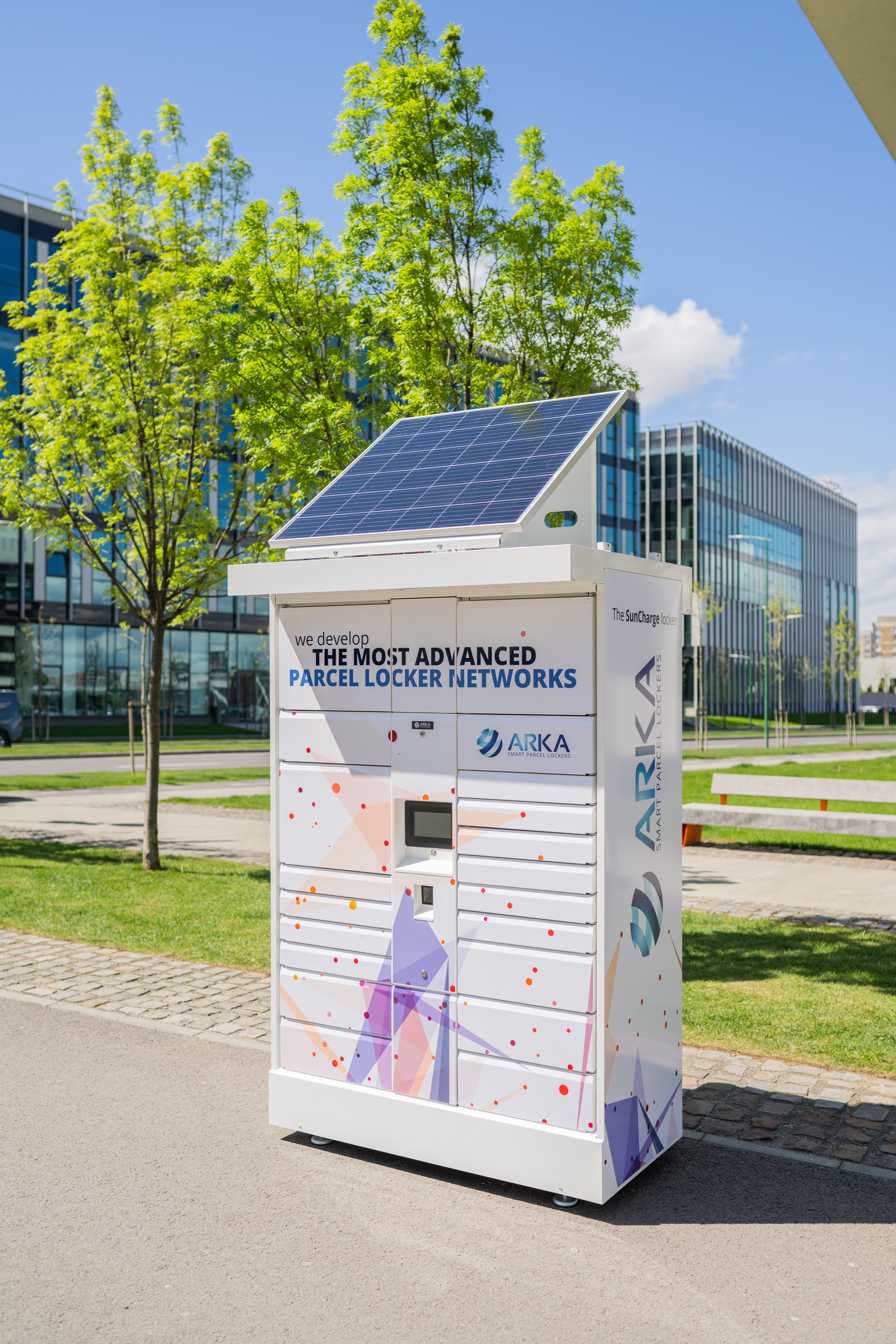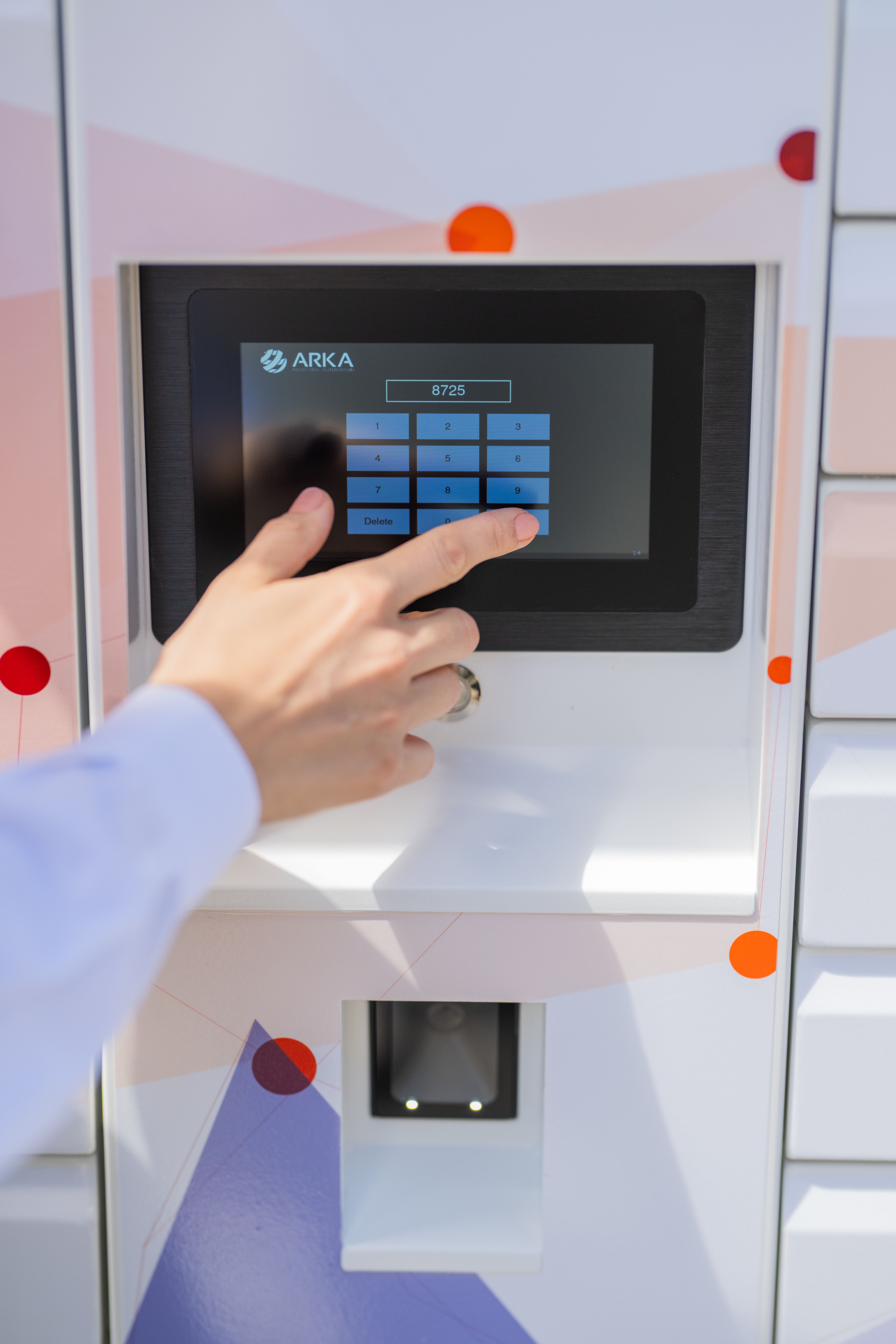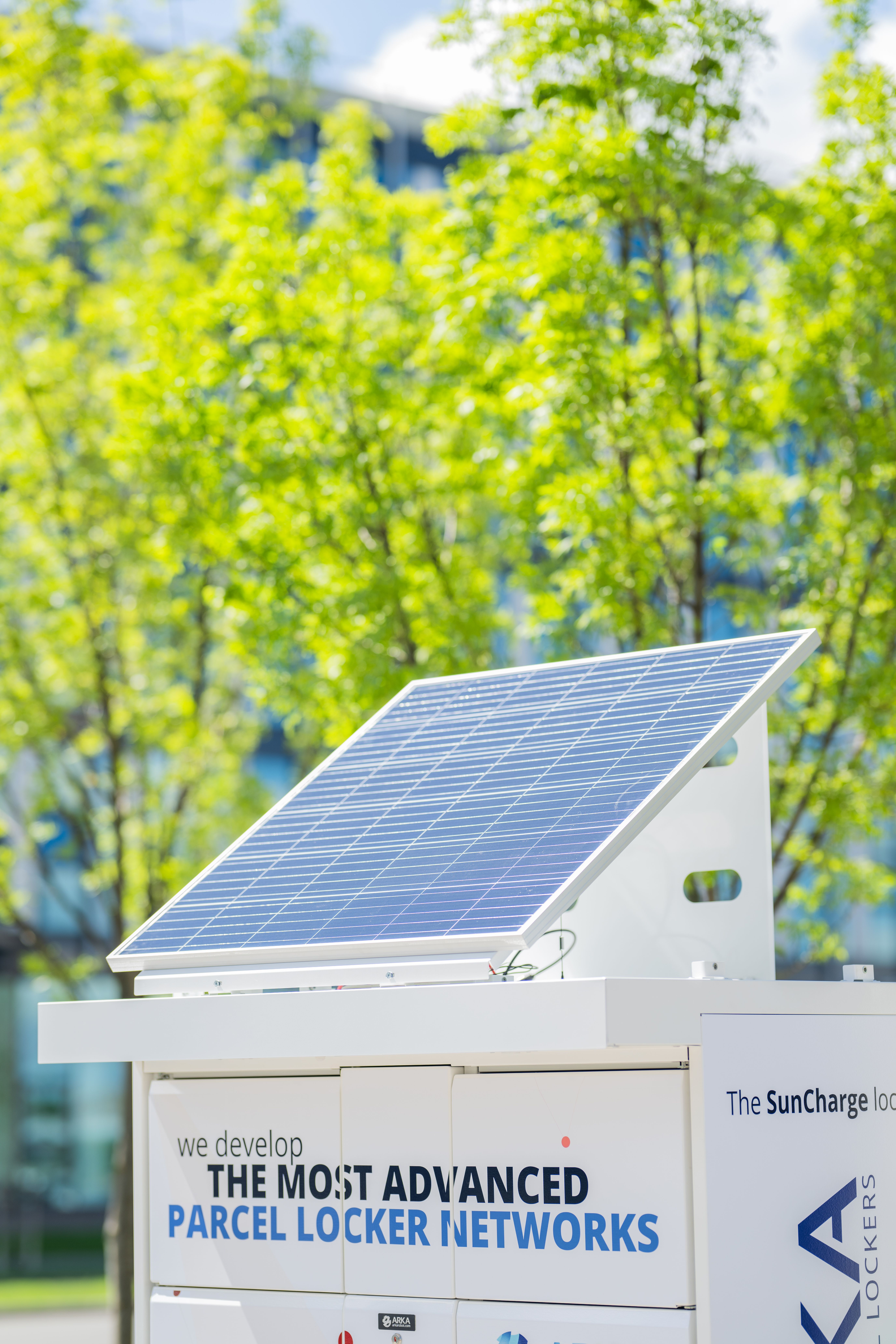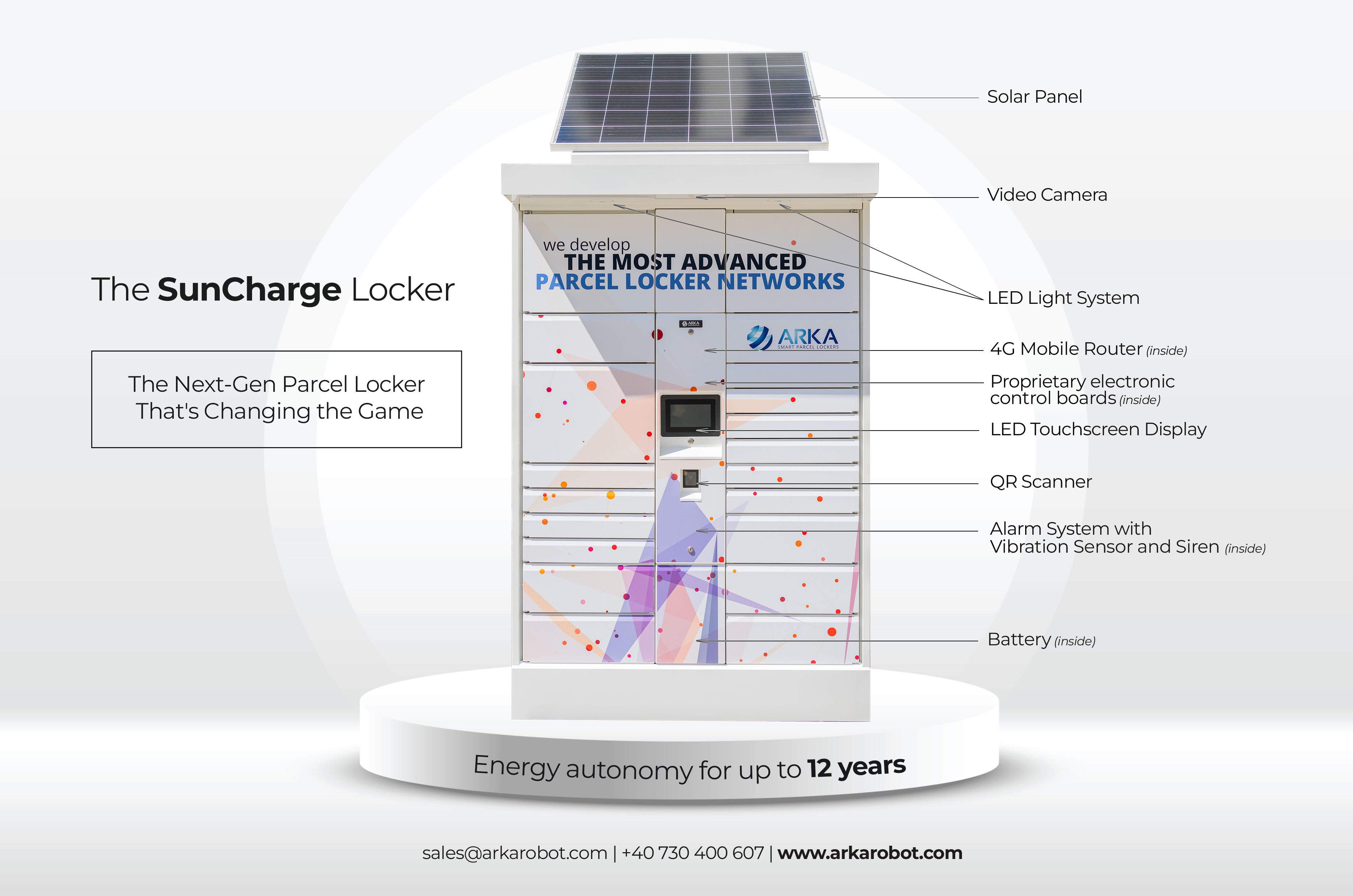
Designers
Frîncu Cezar
Year
2024
Category
Product
Country
Romania
Design Studio / Department
ARKA R&D Department

Three questions for the project team
What was the particular challenge of the project from a UX point of view?
The most challenging aspect from a UX perspective was ensuring the battery and electronics performed optimally under extreme temperatures (-20 - +75), directly impacting the results.
Adapting these components was critical, as initial specifications from battery suppliers proved unrealistic, necessitating extensive testing.
Additionally, designing autonomous lockers was a significant challenge in ensuring the slave units could operate independently, providing continuous and intuitive user experience, and balancing these technical demands while maintaining user-friendly functionality, which required innovative solutions and rigorous testing
What was your personal highlight in the development process? Was there an aha!-moment, was there a low point?
The team's highlight was figuring out how to utilize the master locker to communicate with slave units. This enabled the slave units to function independently. The method of communication between the master locker and the slave units is unique and highly efficient, as it had not been previously developed in the market. The AHA! moment came when we discovered the implementation of the power management. This innovation is a testament to our team's commitment to pushing the boundaries of technology, enhancing functionality, and improving energy efficiency, ensuring optimal performance and sustainability. This milestone was pivotal, as it aligned perfectly with our goals of creating a reliable, energy-efficient smart locker system.
Where do you see yourself and the project in the next five years?
In this age of technology, the impact and evolution of innovation should be significant. Over the next five years, our goal is to expand the range of extreme temperatures at which the battery can operate optimally, from -30°C to +85°C.
We are also developing ultra-secure software that will incorporate biometric data.
Additionally, we expect to integrate AI for energy optimization and adaptive automation, responding dynamically to weather conditions and consumption patterns. These advancements will position us at the forefront of technological innovation and user-centric design.


